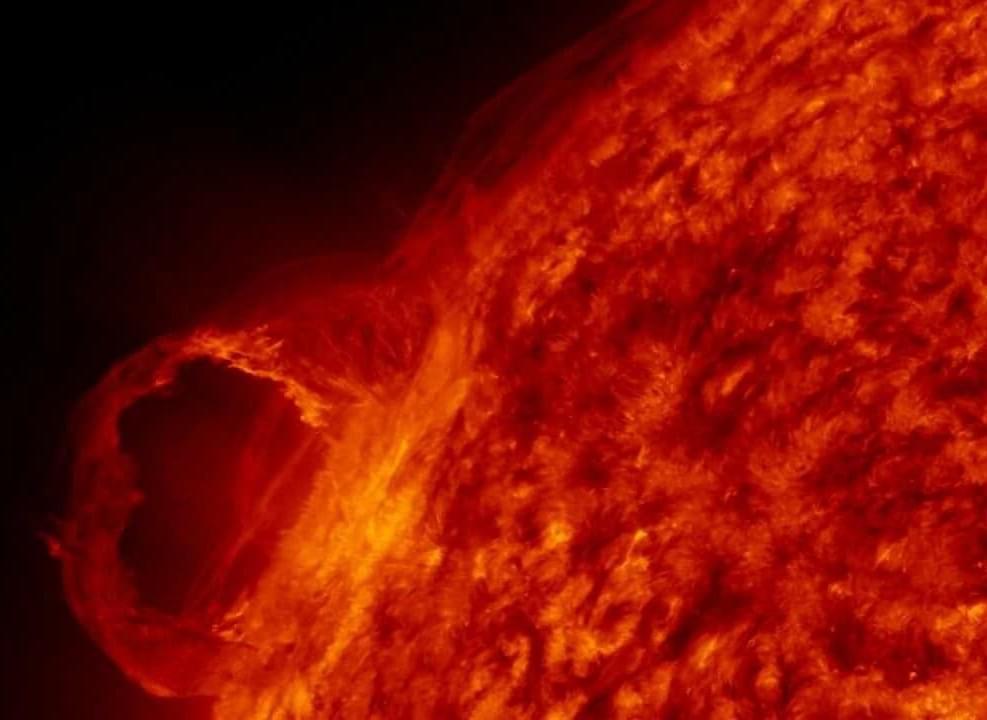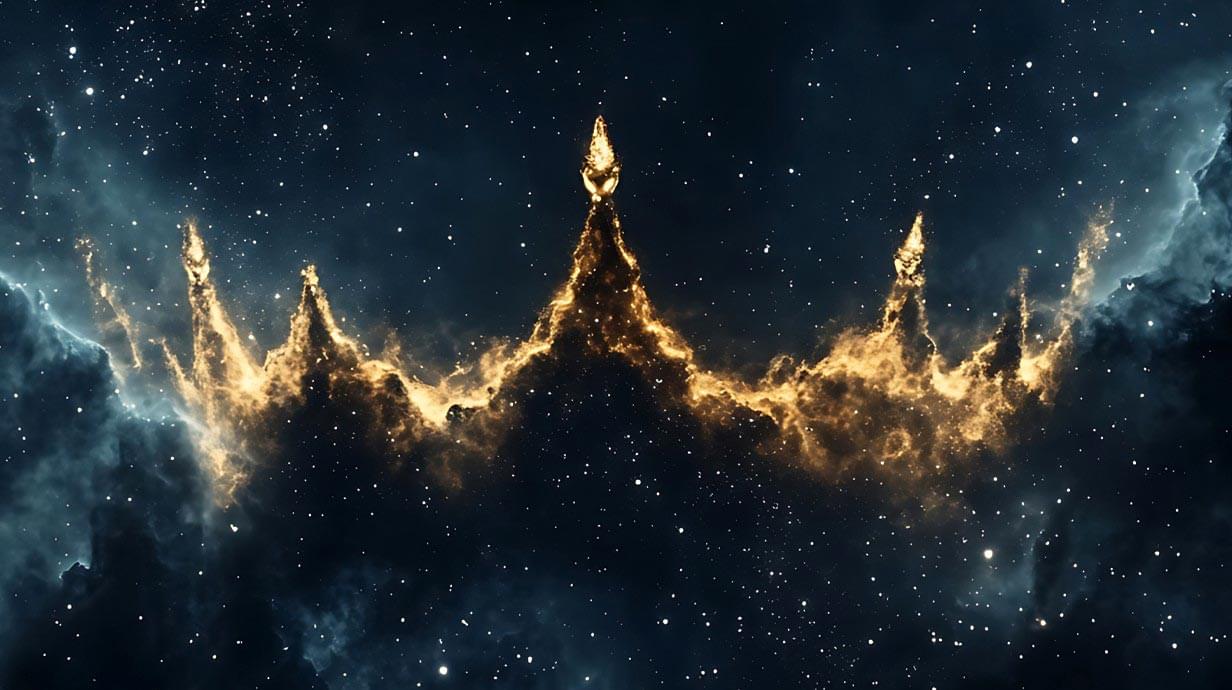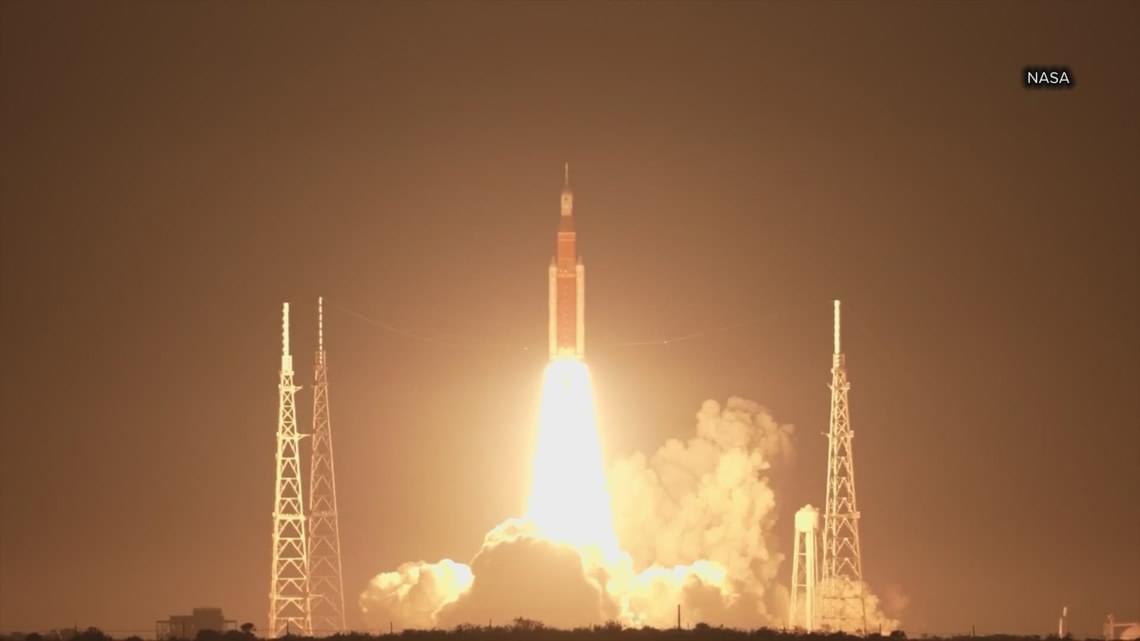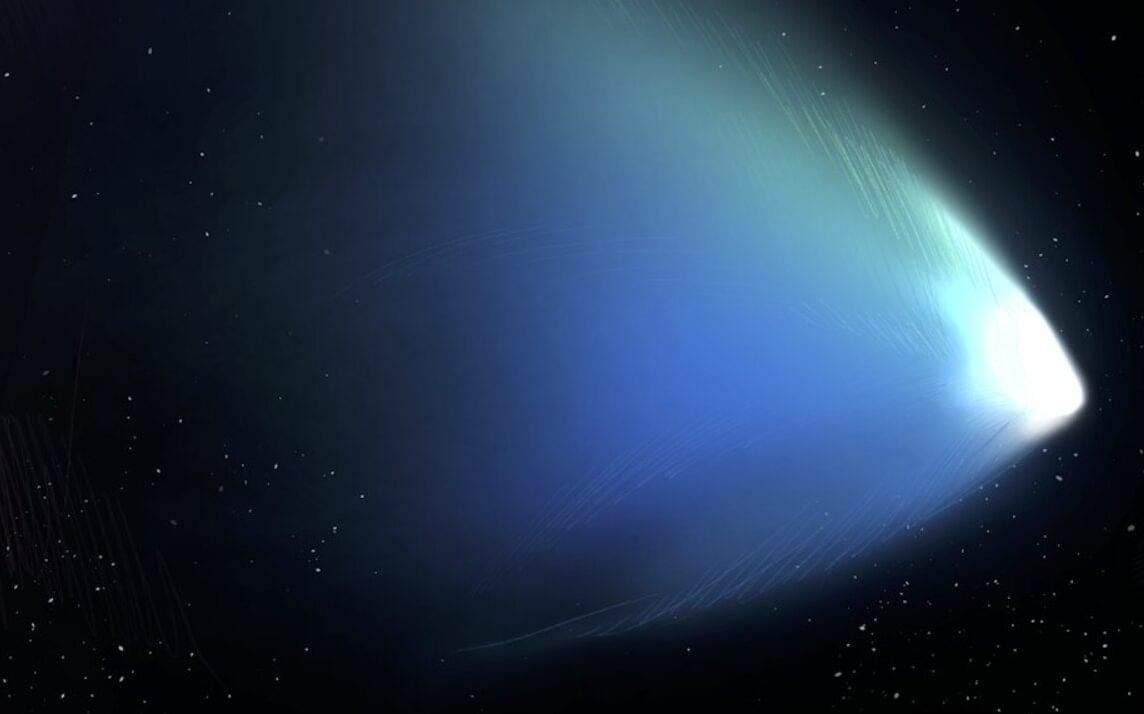Support this channel on Patreon to help me make this a full time job: https://www.patreon.com/whatdamath (Unreleased videos, extra footage, DMs, no ads)
Alternatively, PayPal donations can be sent here: http://paypal.me/whatdamath.
Get a Wonderful Person Tee: https://teespring.com/stores/whatdamath.
More cool designs are on Amazon: https://amzn.to/3QFIrFX
Hello and welcome! My name is Anton and in this video, we will talk about new evidence for a large planet in the Alpha Centauri system near us.
Links:
NASA’s Webb Finds New Evidence for Planet Around Closest Solar Twin
https://arxiv.org/pdf/2508.03814
https://arxiv.org/pdf/2508.03812
https://iopscience.iop.org/article/10.3847/2515-5172/add880/meta.
Other videos:
#alphacentauri #planet #jameswebbspacetelescope.
0:00 Alpha centauri surprise!
0:40 What we know about the star system so far.
2:57 Potential detection in 2019
3:35 Why JWST is so good at this but there were still challenges.
4:55 Methods used to observe this star.
5:30 Surprise results and the initial analysis.
8:00 Non detection at later dates was important! Orbits worked out.
9:15 What we know about the planet so far.
11:30 Could this be rings?
12:30 What this implies and conclusions.
13:30 What’s next?
Enjoy and please subscribe.
Bitcoin/Ethereum to spare? Donate them here to help this channel grow!
bc1qnkl3nk0zt7w0xzrgur9pnkcduj7a3xxllcn7d4
or ETH: 0x60f088B10b03115405d313f964BeA93eF0Bd3DbF
Thank you to all Patreon supporters of this channel.








